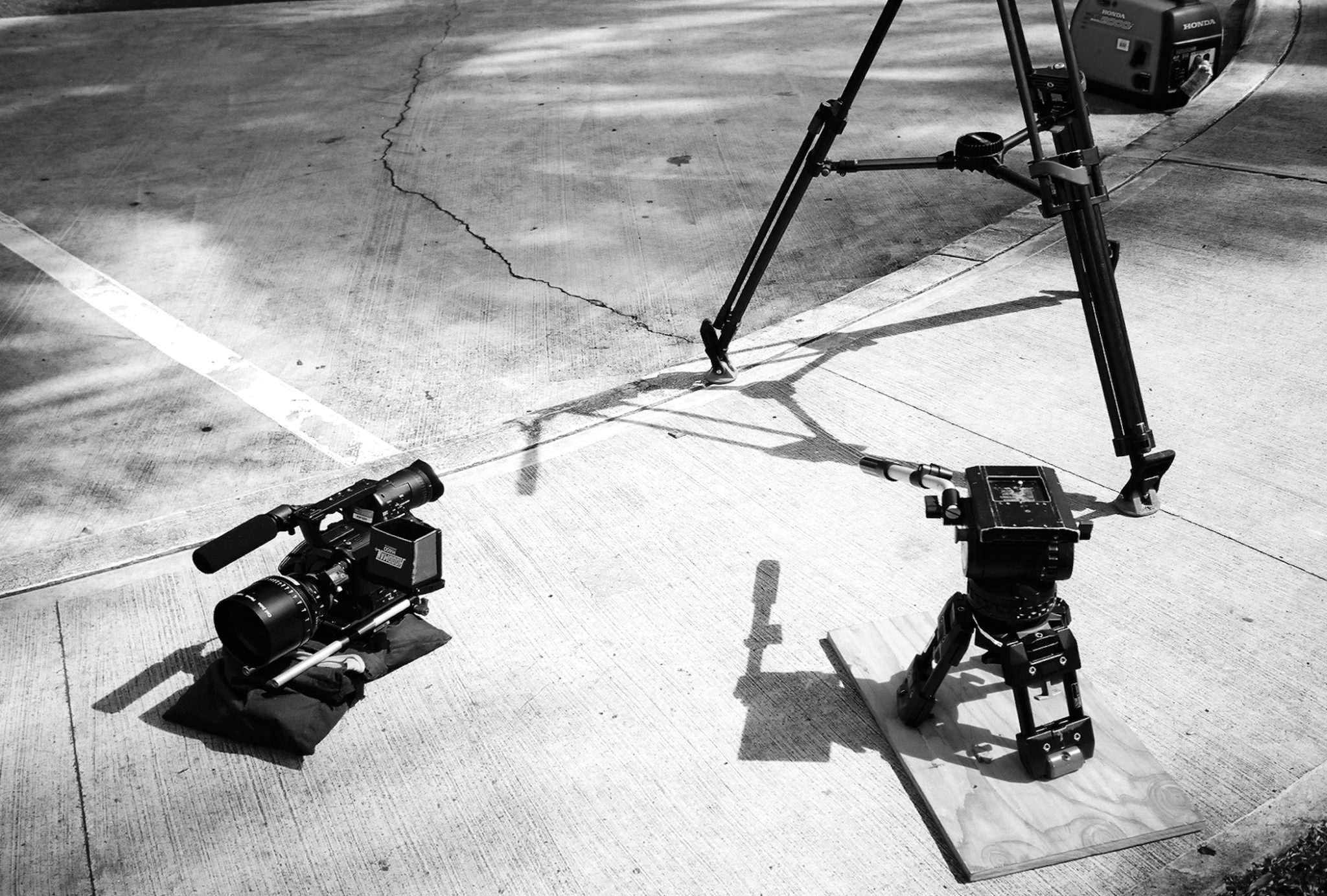Image by Ara Feducia
Mystical, relatable, inherently valuable—films are cultural artifacts that are telling of language, traditions, and infrastructure. Much like the multi-layered images that make up a film, the inner workings of the Sundance Institute’s Native Lab Fellowship are intimate, stimulating, and convey beauty in the early stages of development. From a pool of more than a hundred participants representing native communities, only four artists are selected to participate each year. In the past few years, several artists from Hawai‘i have been among those chosen for the fellowship, including Ty Sanga, ‘Āina Paikai, Beau Bassett, Ciara Lacy, and Chris Kahunahana. (The first chosen participant was Nā‘ālehu Anthony, who co-founded ‘Ōiwi TV. Read about his journey on page 36.)
“They are engaged at a particular level of writing and are able to collaborate with various creative advisors that help them tell the best version of their story,” says Bird Runningwater, director of Sundance’s Native American and Indigenous Program. “We create our own safe environment so that the deepest, most developmental work can happen,” he says. “It’s cathartic, personal.” From there, it’s up to the artist to bring their projects to fruition.
Runningwater has always been intrigued by this sense of narrative formed through imagery. From being a youngster on the playgrounds of Native American reservations in New Mexico to a journalism student at the University of Oklahoma, he’s had to navigate his way through different cultures spanning thousands of years. “I’m half Cheyenne, half Apache,” he begins. “I remember going back and forth from my mom and dad’s reservation, trying to figure out how I’m going to speak both Apache and Cheyenne. But it was this level of culture each side had that fascinated me and continues to inspire me today.”
Runningwater got his start working for the Ford Foundation, managing its global fund initiatives, and then for Fund of the Four Directions, a private philanthropic organization owned by the Rockefeller family, before taking the job at Sundance. “I was well aware of this inauthenticity running through media,” he says. “But I also knew it was possible to present an authentic perspective. Our goal at Sundance is to find original, authentic, individual voices that we can get behind, to find that something we haven’t seen, while maintaining a certain level of artistry about cinema.”
Since his appointment as director, he’s been able to slowly build the global network of filmmakers to include those from Hawai‘i, Alaska, New Zealand, and other areas of the world. When I first came to Hawai‘i, I saw some really interesting talents,” he says. “I connected with so many people. Right now we’re supporting our former fellows Ty and Chris to develop their features, as well as Beau and Ciara’s documentary about the Hawaiian prisoners who are being housed in Arizona. For some reason, a lot of talent is coming out of O‘ahu. There’s something really rich happening there.”
Because of this growing cinematic culture, next fall, the Sundance Institute plans to bring its Shorts Lab, a half-day workshop dedicated to empowering the next generation of filmmakers, to the Honolulu Museum of Art. “Hathaway Jakobsen [the museum’s chief advancement officer] and I came together and thought about what we could do to serve the native community here,” he says. “In the Shorts Lab, we are able to meld the Native Lab support, where fellows can talk about their projects and experiences through the lab, and in turn inspire others.”
Via the links below, read about the journeys of Native Lab fellows Kahunahana, Paikai, Lacy, Bassett, and Sanga.






